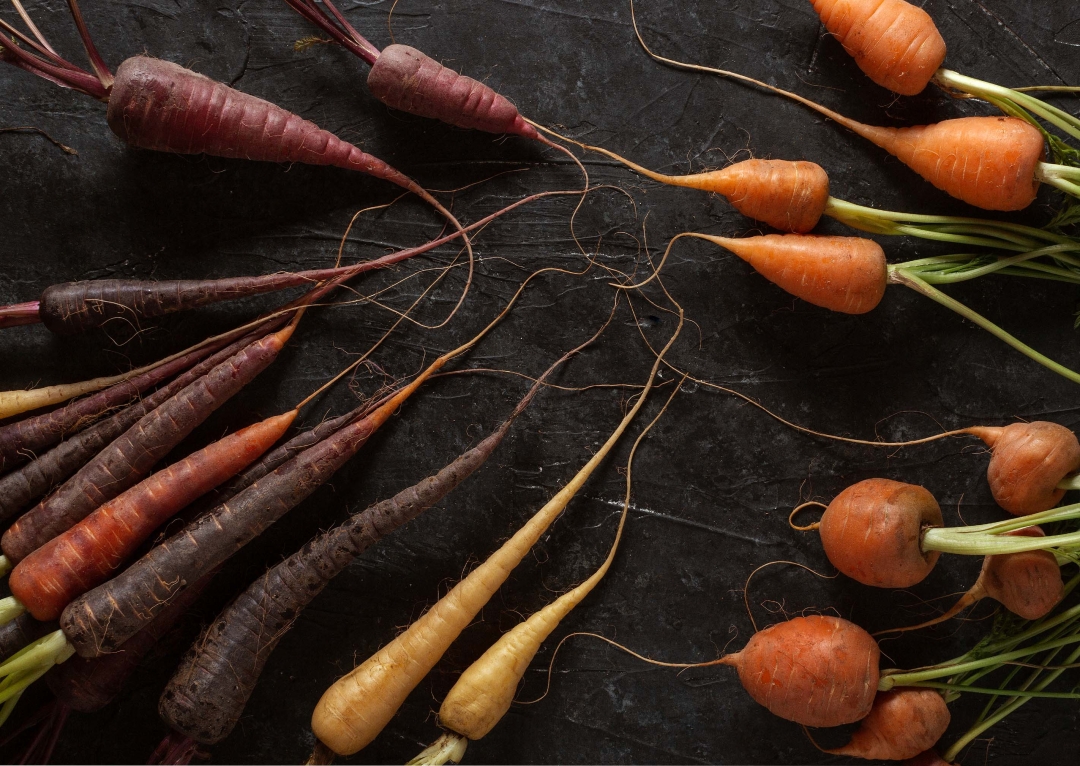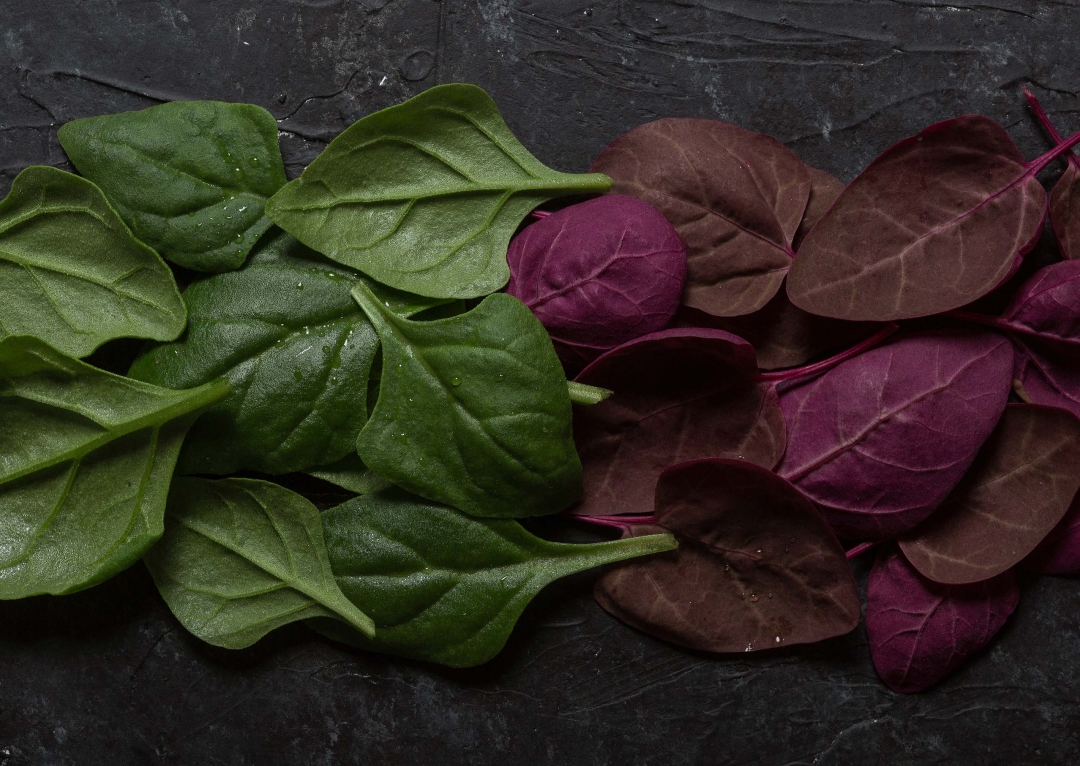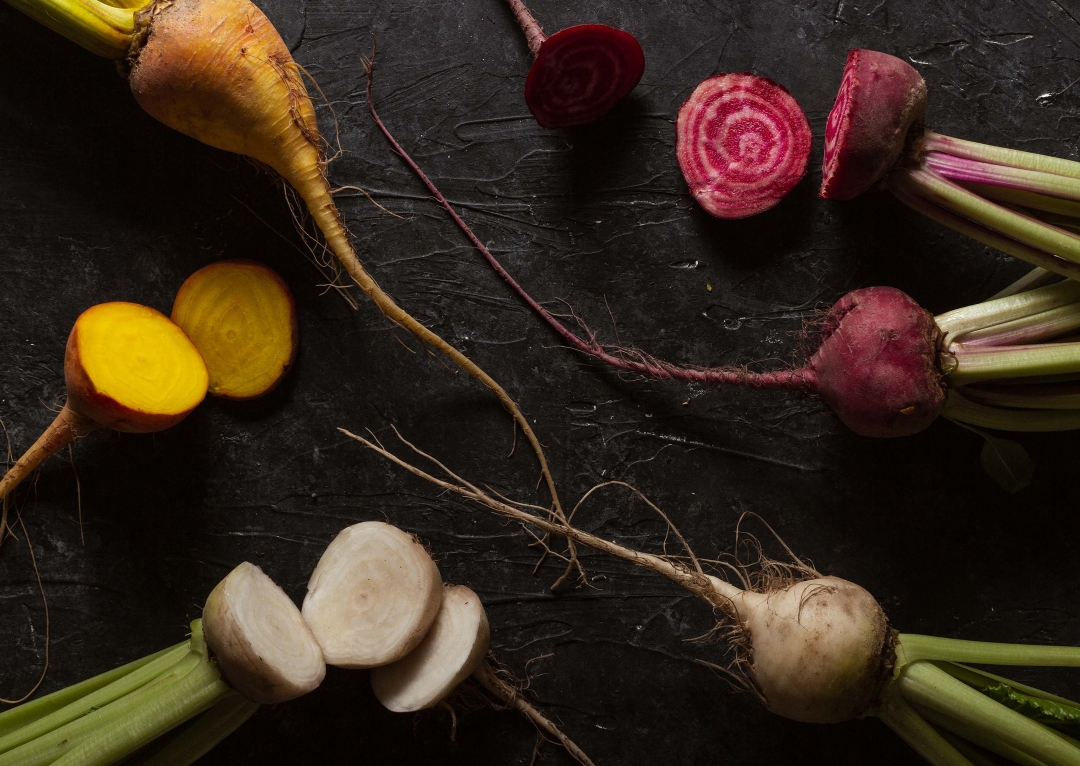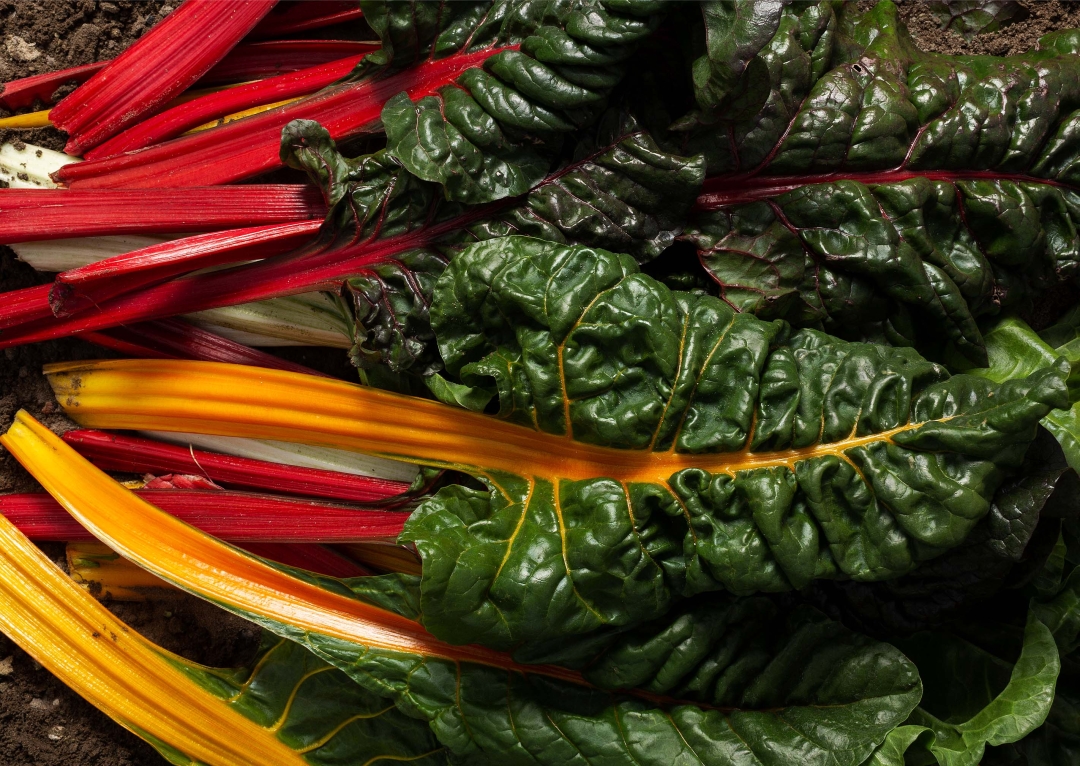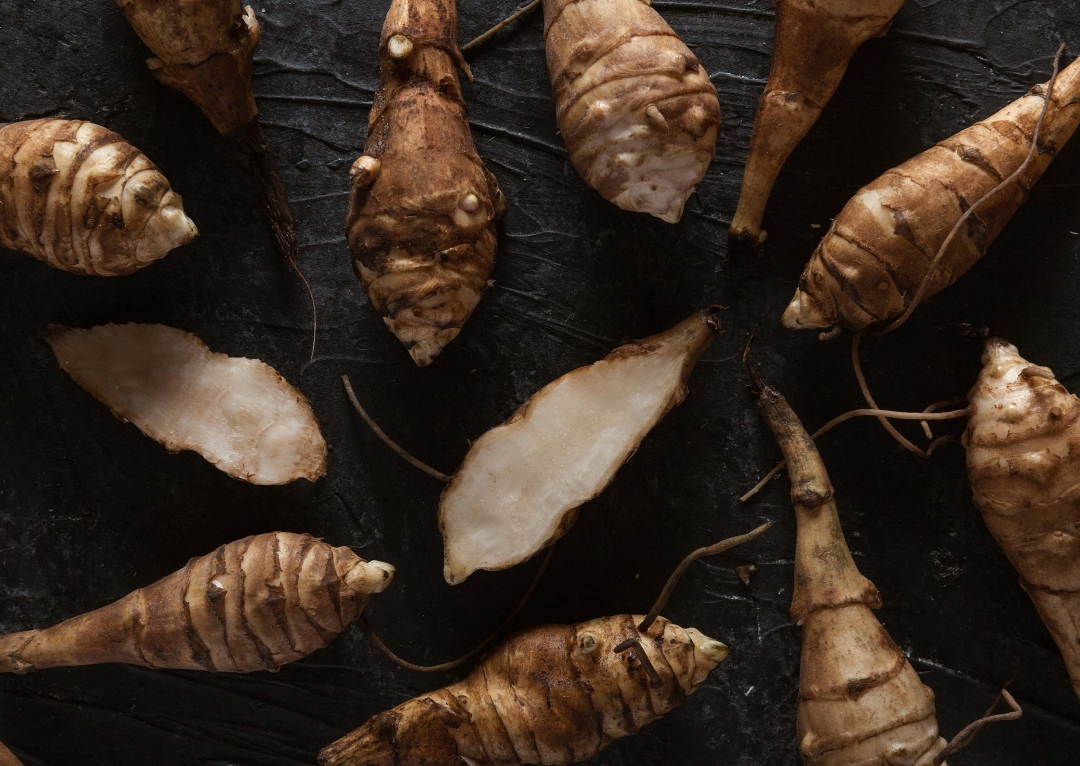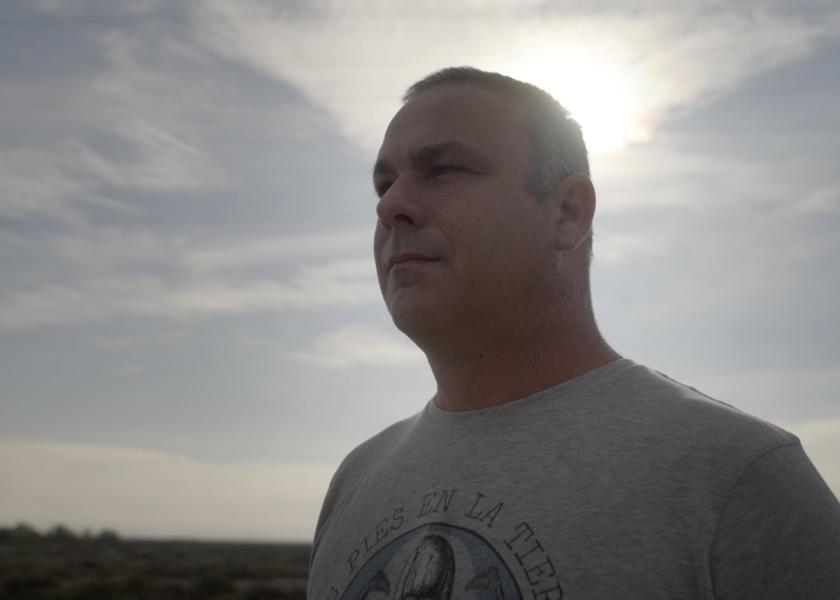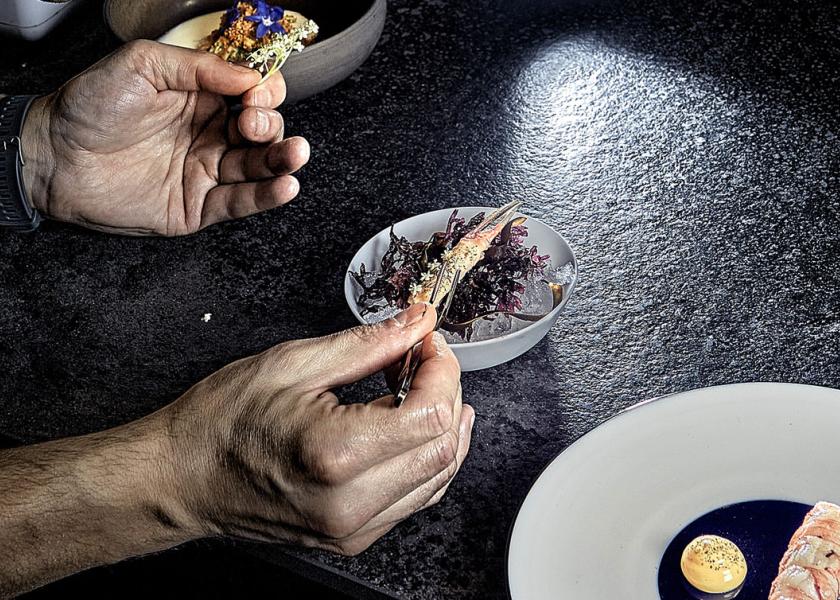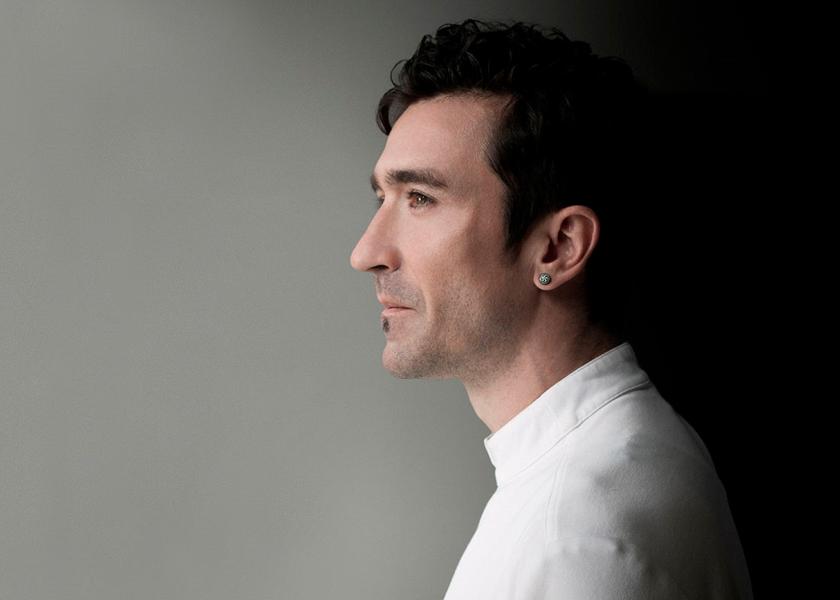Rafa Monge
Planting emotions
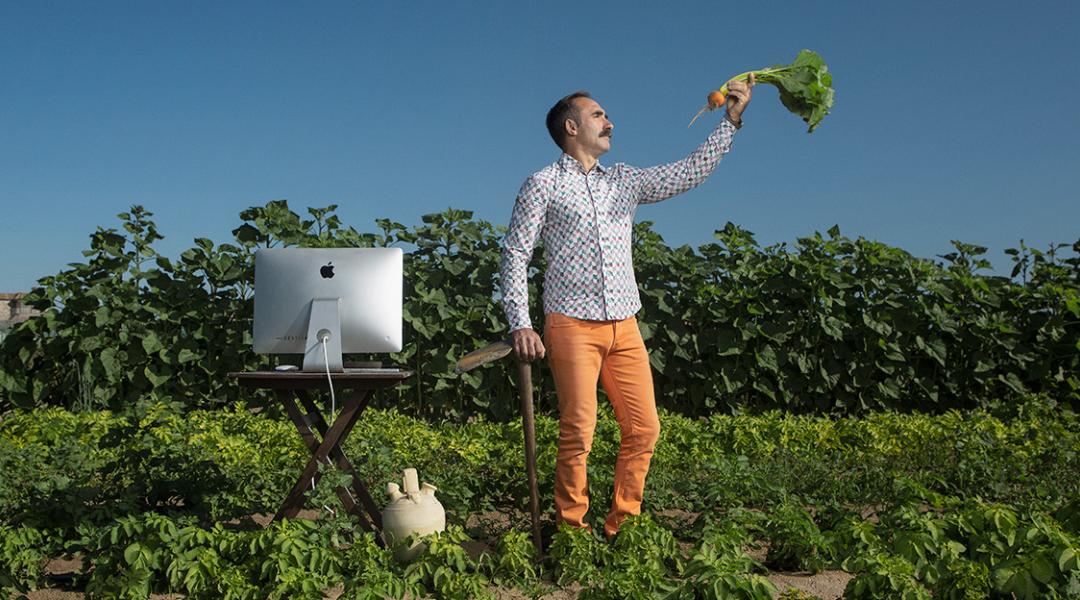
Is agriculture capable of conveying the same emotion as a song or a play? Is it possible to plant potatoes creatively? Can design extract new flavours from the earth? Cultivo Desterrado, the agricultural project designed and planted by Rafa Monge, answers these questions with a daring proposal: recovering the ancient technique from Cádiz of growing vegetable gardens in the sandy areas of marshlands (called 'navazo' in Spanish). Innovation, creativity, and tradition, in ‘gourmet’ mouthfuls.
Sanlúcar de Barrameda, 1978. Rafa Monge (Sanlúcar de Barrameda, 1975) is playing at the family navazo allotment. Navazos are old vegetable gardens located in the sandy areas of marshlands. They are watered through what they call a tollo, a type of artificial pond where the subterranean water from the Guadalquivir River and the Atlantic Ocean filter through. It is salty water, which stresses the crops and depletes their production. In a moment of distraction, Rafa slips into the pond. The situation is distressing, but an uncle saves him in time. It lasted just a few minutes, but it was enough time for the essence of the pond to penetrate his body.
Sanlúcar de Barrameda, 2022. Rafa proudly shows off the shoots from his latest harvest. Teardrop peas, two-toned beetroot, purple carrots, leeks, watermelon radishes... After several years of research, testing different species and seeds from around the world, this designer has managed to turn the bad water from his vegetable patch into the distinctive feature of his unique vegetables, with extraordinary flavours and irregular shapes, which leave Michelin-star chefs in awe. Cultivo Desterrado, his navazo recovery project is, in fact, one of the initiatives that have turned Sanlúcar into the 2022 Gastronomic Capital of the World.
Rafa, in between these two scenes, a lot has happened. You’ve lived and travelled around the world, playing relevant roles at international companies... How have you slipped back into the pond?
In my late thirties, I decided to give my creative side a chance and started studying Product Design. This was when I started thinking about needing to find a functional solution to save the family allotment and dignify and repurpose agriculture in my region. After a lot of thought, I came up with a creative solution: what if, instead of trying to change the bad water, I change the traditional crops, which don’t thrive here, for others? And that’s how this adventure started, six years ago.
“A stressful situation brings out the best in ‘ugly vegetables’ and they become sweeter”
And why Cultivo Desterrado (which means banished or exiled crop)?
It’s an ode to navazo, to my father, and to myself. To navazo, because it’s an ancient technique that’s slowly disappearing. To my father, because he thought he had bad water and was forced to banish it. And to myself, because I’ve spent half my life abroad and that voluntary exile has allowed me to fill my suitcase with experiences, inquisitiveness, and ideas to put them into practice here. It’s also a nod to many vegetables, like split peas, sea beets, New Zealand spinach, or red orache, which were being removed from Spanish fields, but that enable more traditional agriculture and a totally different gastronomic experience.
Which characteristics does the navazo bring to crops? What do ugly vegetables have that pretty ones desire?
Authenticity, because they’re wonky vegetables, far removed from commercial beauty cannons. They have their own personality and each one tells a different story. They’re unique and limited edition. A stressful situation, like saltwater, brings out the best in these vegetables and they become sweeter. The same thing happens sometimes with people.
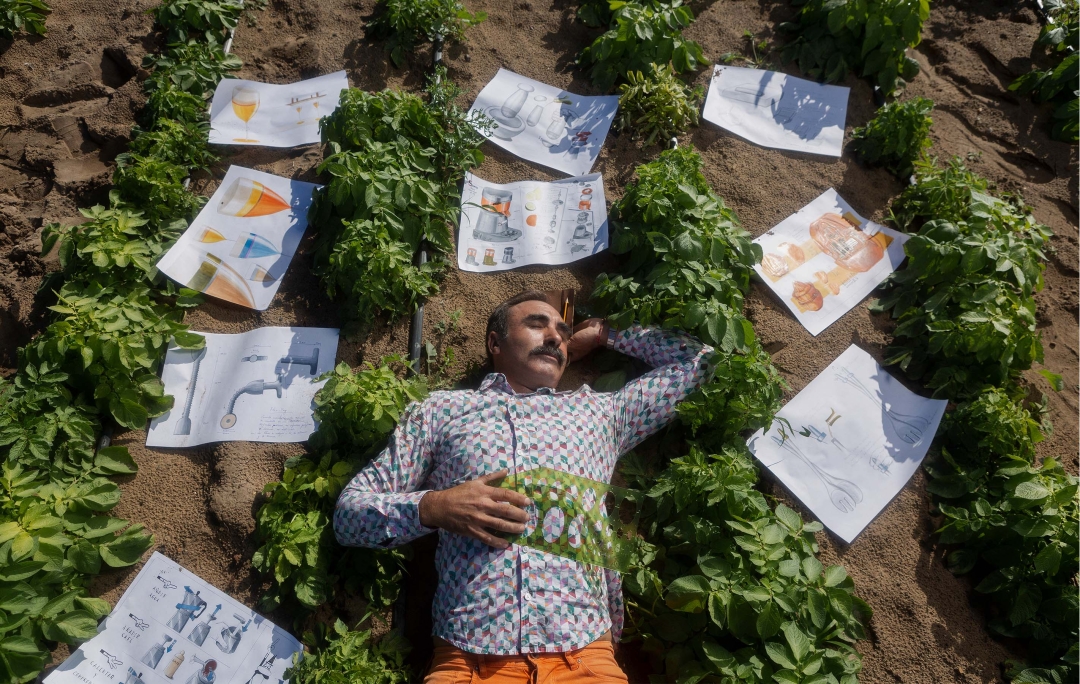
Rafa Monge considers himself a designer of emotional functions and his purpose is to spark emotions with his vegetables. © Francis Rosso
And who bets on them?
First, responsible consumers, who have started to become aware of the waste problems in agriculture. Also, restaurants, which have sped up the distribution process of these kinds of products in supermarkets. And chefs like Ángel León, who know how to appreciate their extraordinary qualities.
How does your role as designer fit into this process?
A designer is like a conductor, telling which instruments to play: business management and communication, agricultural knowledge, gastronomic inquisitiveness... What you’re designing doesn't really matter, everything must provide a functional, but also emotional solution. I consider myself a designer of emotional functions; my purpose is to spark emotions with my vegetables.
Planeta Navazo, Cultivo Desterrado, Tolloman... Do you have your own language to talk about the land or do you live in a different universe?
I use a carefree, creative language, but it’s based on strong foundations that don’t take away from the profession. On the contrary. For example, Tolloman isn’t a neoprene freak, he is a firm believer in wearing clothing that protects the farmer from the environment. Planeta Navazo are dream landscapes that can only be made up of ugly vegetables. I think we need to adapt the language of nature, of agriculture, to modern consumers.
“Working the land is like making love with your hands. And the earth that remains between your fingers are the traces of that passion”
How does it feel to work the land with your hands?
It’s like a gift, almost a divine power, the miracle of turning the earth with your own two hands, asking for permission, planting a seed and letting nature do its job... [He gets emotional]. It’s like making love with your hands. And the earth that remains between your fingers are the traces of that passion. You can feel a lot of things with your hands... But it’s not just about feeling with your hands, also with your heart.
What have you had to give up?
Nothing. Honestly. I hardly have any spare time, but I don’t feel like I’m missing out on anything. On the contrary. There are few activities that allow me to put into practice everything that I am personally and professionally: working in my childhood garden, using my agricultural knowledge, growing what I’d like to eat, working hand in hand with Michelin-star chefs, taking my own business decisions, having the freedom to create my own language, to be creative in everything that I do and also, somehow, believing that I bring something to a table that needs help and ideas
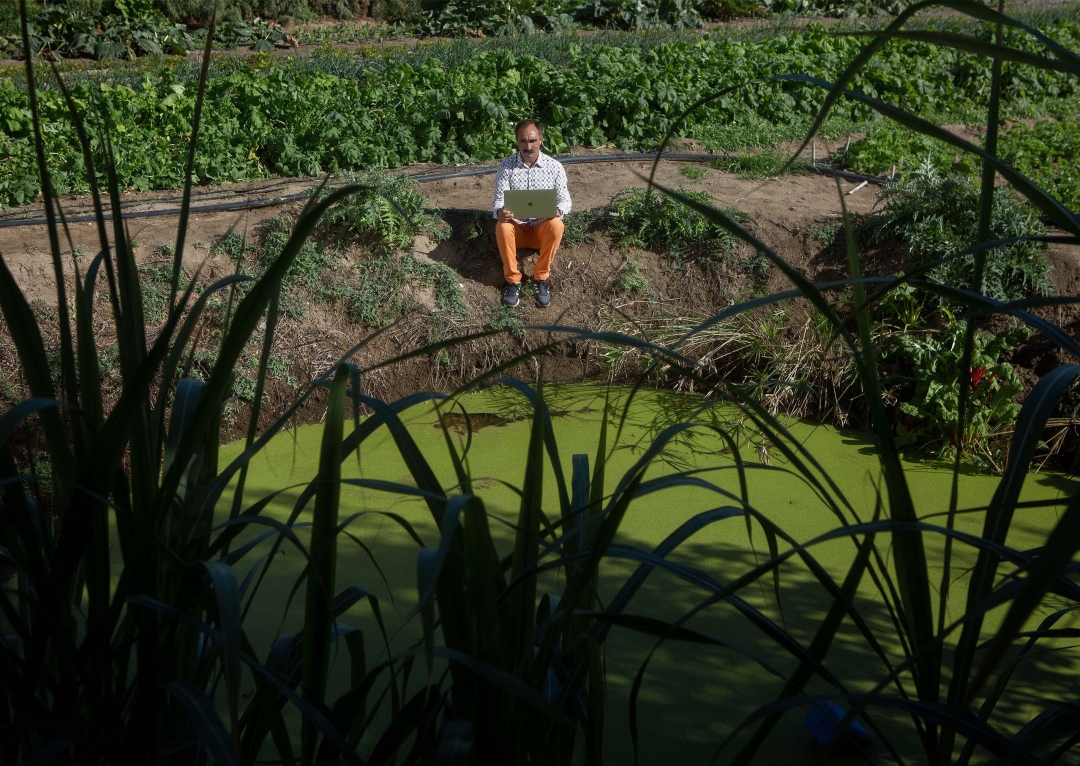
Rafa Monge looks at the pond in the family navazo allotment from a new angle, promoting creativity as a lifeline for local agriculture. © Francis Rosso
What is talent for you?
It’s a unique power, something genuine we all have, but you have to give it a chance and cast it outwards, towards other people. Talent is useless if you keep it to yourself. Recognising our talent means not tripping ourselves up. It means doing things unashamedly, daring to be who we are, and acting unabashedly.
“Talent means doing things unashamedly, daring to be ourselves, and acting unabashedly”
What inspires or motivates you every day? How do you water your talent?
Although my father is always on my mind, above all, I’m inspired by my mother. Her strength to overcome pain and her ability to use the stones that block her path to build solutions.
What about your travels, what role do they play?
First, they have been personally rewarding, they have allowed me to soak up different flavours, to try other cultures. When I bite into my products, I can remember the feelings I experienced when I tried them for the first time. A simple vegetable can tell a story and make you travel through space and time.
Which would you say is the greatest lesson nature has taught you?
Undoubtedly, the need for collaboration as part of survival. Together we form an ecosystem. There needs to be room for everyone; nature and agriculture must respect and help each other. And the same can be applied to everything.
